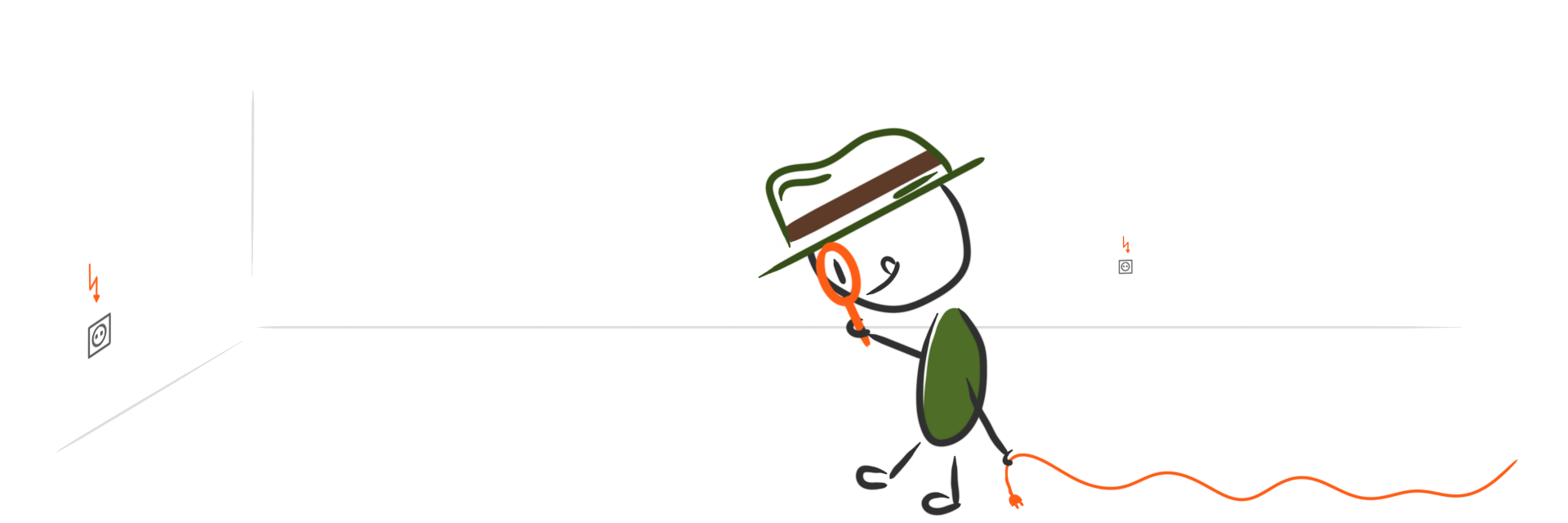Focus & energy

Nothing is more powerful than an idea whose time has come.
Now is the time for Innovation. While crises and upheavals often trigger feelings of insecurity, fear and nervousness in ourselves, they mean new spirit for Innovation and opportunities for the development of manifold creativity. The standard problem of Innovation, namely that everything is going well, currently seems outdated. As harsh as it may sound, the spirit of Innovation experiences a boom, especially in times of crisis, because many things have to be rethought, improved and ultimately changed in order to continue to be successful. However, as we know, generating ideas is only the first step. If we lose energy and focus, the idea will fizzle out or disappear in a drawer.
What does combining and preserving energy and focus mean in practice?
First, I would like to talk about energy. In the classical sense, energy describes the fundamental physical quantity used in the fields of physics, biology, chemistry, technology and economics. If we go more into the economic, almost psychological realm, we often speak of energy expenditure when we put a lot of effort into things or of energy increase when we get into a positively energetic state – often described as flow. Things that are fun and of personal interest, that really inspire us, actually give us more energy than they cost us.
From thought to action
Innovation needs a lot of individual energy to move the original idea from thought to action. The team at Sony that developed the VAIO computer mustered just that kind of energy. The idea to develop an integrated home entertainment platform for the “digital generation” sparked exactly this energy in Hiroshi Nakagawa, Kazumaso Sato and their team, so that they slaved 100 hours a week for it. The idea of realising their childhood digital dream fired them up and ignited a motivation deep within them. The intrinsic motivation.
The second element. Focus.
The second element, focus, describes selective perception and concentration on the essential. Focused action means goal-oriented action that does not react but acts, i.e. actively decides and shapes. Maintaining focus is a great challenge, as many different ideas or even completely new ones arise in the Innovation Process and constantly tempt us to pursue these or those. Steve Jobs, for example, said that focused action is not saying “yes” to one idea, but rather the art of saying “no” to many other ideas. Saying “no” to distractions of all kinds.
Wim Ouboter, founder of the Micro Scooter, managed to combine focus and energy in equal measure.
The idea of a pedal scooter arose from the personal “need” to get to the nearest snack bar. On the one hand, the distance was too far to walk and too close to travel by bike or even by car. He was also emotionally affected by the constant contact with scooters, as his sister suffered from a shortened leg. Considering that in 1995 about 15 scooters – Micro Mobility Vehicles – were developed in Switzerland, none of which made it into production, illustrates Wim Ouboter’s success. Many innovators either lost focus, such as Reto S., head of a sporting goods company, who pursued too many ideas and never finished any. Or Sabina M., who developed a skateboard with handlebars for sports therapy, but ultimately failed due to too little energy and commitment. Wim Ouboter also lost his energy for a short time, because his micro scooter had been sitting in the garage for a few years, but when he saw that children who discovered it there by chance were playing with it with joy and perseverance, the energy came back. He actively decided to implement his idea and against the secure job at the bank, gained his focus and at that time an important distribution partner with K2 and went to market with his scooter. For 2021, he already has 17,000 reservations for his new Microlino – an electric city runabout.